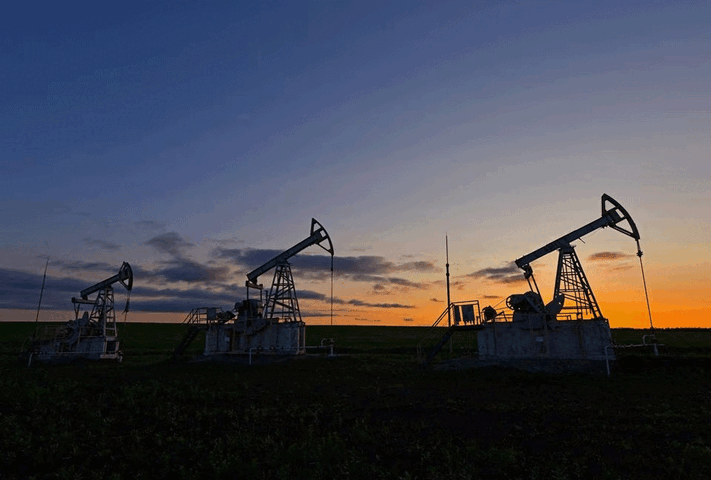LONDON: The world oil market faces an even bigger surplus next year of as much as 4 million barrels per day as OPEC+ producers and rivals lift output and demand remains sluggish, the International Energy Agency predicted on Tuesday.
The latest outlook from the IEA, which advises industrialised countries, expands its prediction of a 2026 surplus from about 3.3 million bpd last month. A surplus of 4 million bpd would be equal to almost 4% of world demand, and is much larger than other analysts’ predictions.
OPEC+ is adding more crude to the market after the Organization of the Petroleum Exporting Countries, Russia and other allies decided to unwind some output cuts more rapidly than earlier scheduled. The extra supply is adding to fears of a glut and weighing on oil prices this year.
IEA Lifts Outlook For Supply, Trims Demand Forecast
In the IEA’s view, supply is rising far faster than demand. This year, it expects supply to rise by 3.0 million bpd, up from 2.7 million bpd previously. Next year, supply will rise by a further 2.4 million bpd, it said.
The agency on Tuesday also trimmed its forecast for world demand growth this year to 710,000 bpd, down 30,000 bpd from the previous forecast, citing a more challenging economic backdrop.
“Oil use will remain subdued over the remainder of 2025 and in 2026, resulting in annual gains forecast at around 700,000 barrels per day in both years,” the IEA said in a monthly report.
“This is well below historical trend, as a harsher macro climate and transport electrification make for a sharp deceleration in oil consumption growth.”
IEA demand forecasts are at the lower end of the industry range, as the agency expects a faster transition to renewable energy sources than some other forecasters such as OPEC.
On Monday OPEC maintained its forecast that demand will rise by 1.3 million bpd this year, almost double the rate expected by the IEA, and said the world economy was doing well.
Oil prices declined on Tuesday, with Brent crude trading just below $62 a barrel. That was still up from a 2025 low of near $58 in April.


